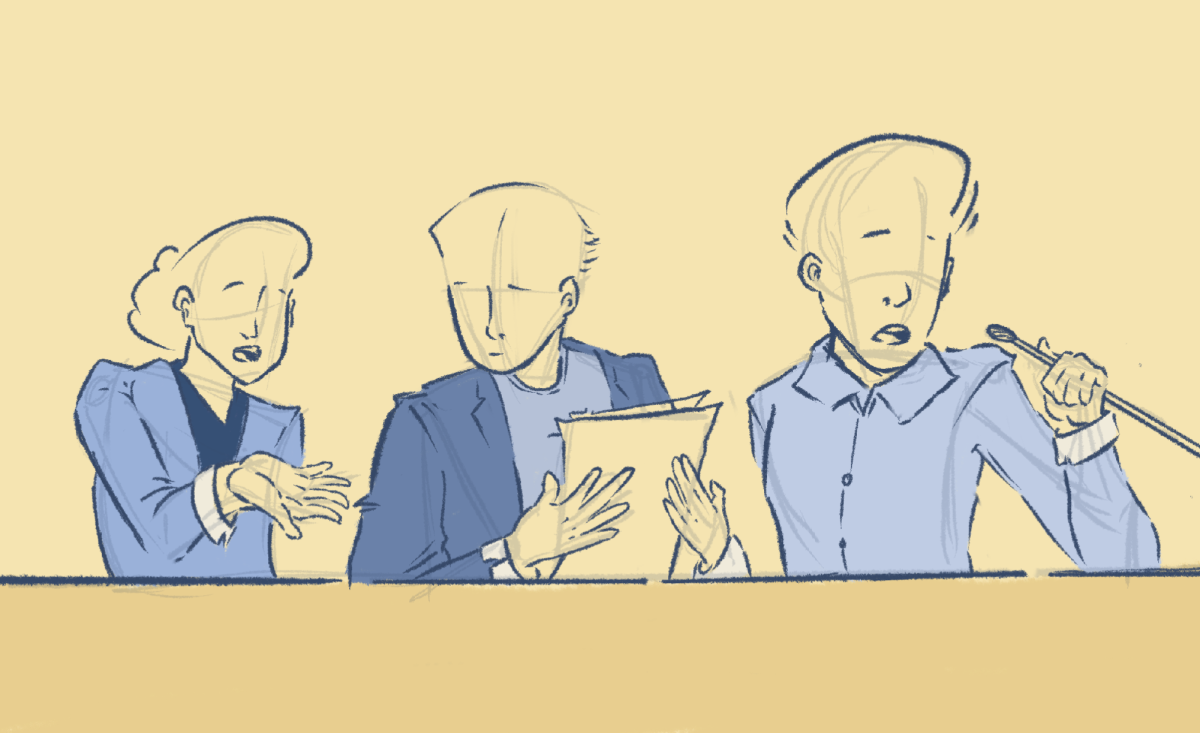By studying the spinal cords of adult monkeys, researchers at the UCSD School of Medicine have discovered that spinal cords can recover naturally after injury.

The researchers looked at the regeneration of the corticospinal tract (the group of neurons that start at the cerebral cortex of the brain and travel down the spinal cord) of adult rhesus monkeys after they experienced mild injuries.
“The spinal cord is not just a single entity,” Assistant Project Scientist Ephron Rosenzweig said. “It includes different neural systems running up and down the spinal cord, and some neurons are more likely to regenerate than others.”
The corticospinal tract is the most resistant to treatments when compared to other tracts in the spinal cord and, once damaged, does not regenerate well, as found in previous experiments and literature on primate neurology.
It is also responsible for fine motor control in humans — in other words, the coordination of finger movements and visual senses, including skills such as picking up small objects with the hands.
Rosenzweig said this tract is critical in defining the human body.
“The corticospinal tract plays a crucial role in the human interaction with the world through coordination and fine motor skills,” Rosenzweig said. “The corticospinal tract is least likely to regrow but it’s not true that nothing in the spinal cord regrows.”
Compared to severe brain and spinal cord injuries, which had limited regeneration, smaller injuries to the corticospinal tract were followed by recovery.
To conduct this study, the team used monkeys as test subjects instead of mice, which are the traditional research subjects. In rodent models from previous studies seen in scientific literature, the regrowth was not seen at the level observed in monkeys, whose spinal cord cells began to regrow.
“We needed to be testing possible treatments in models closer to humans,” Rosenzweig said. “There are differences in the immunology, size and neuroanatomy of primate models versus rodent models.”
The monkeys were tested in a variety of behaviors, such as walking on a treadmill, as well as on parameters like grip strength and hand function — skills that may be damaged after spinal injury. The purpose of the test was to determine the extent to which the spinal cord axon regrowth affected the monkeys’ motor control.
After learning what went on in a normal model through behavior training and observation, researchers made a specific, small lesion on the corticospinal tract, designed to cause weaknesses in the hand but keep autonomic function such as heart rate regulation, respiration, digestion and perspiration intact.
The research team — which includes scientists from UCLA and the University of Zurich in Switzerland — then studied the spinal cord and saw spontaneous recovery in some, but not all, of the axons that had been damaged in the applied lesions.
For axons that remained intact, they saw that the connections between the circuits in the spinal cord spontaneously regrew and were restored by 60 percent in the 24 weeks after the mild injury.
Previously, scientists didn’t know that the corticospinal tract could regrow, and this new discovery could lead to new ideas about regrowth in spinal cord injury patients, with the possibility of restoring functions such as fine motor skills and grip strength, which are important in improving the patient’s quality of life.
“With 90 percent of the original axons removed, the remaining 10 percent filled in far more than expected,” Rosenzweig said.
Rosenzweig’s team is studying the implications this discovery can hold for humans, since there is usually at least a little spinal cord tissue intact after an injury.
“Right now, we’re trying to figure out the mechanism behind the regrowth,” Rosenzweig said. “That way, we would be able to develop treatments to elicit or enhance that same response in humans.”
The research team will continue testing new treatments and exploring the mechanisms behind the process of spontaneous recovery. Its goal is to find a drug or treatment therapy to enhance these mechanisms and promote spinal cord regrowth and healing.
Readers can contact Jonathan Chan at [email protected].







